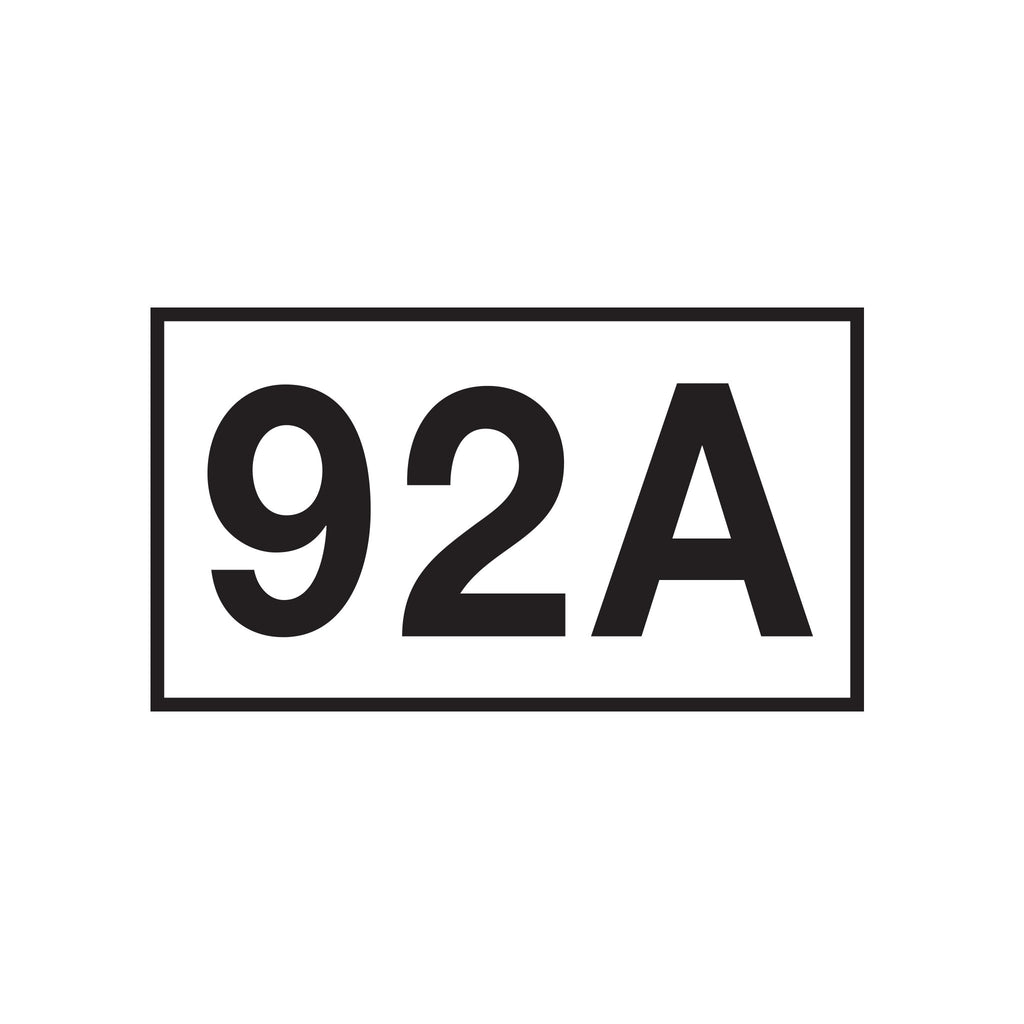

The operation was canceled within five minutes of its execution due to successful negotiations. In 1994 the 1st and 2nd Battalions and a Company of the 3rd Battalion were in route to Haiti. It is assumed that RRD/RRC was involved in Operation Just Cause in Panama in 1989 and Desert Shield/Storm in 1990/1991 as elements of the Ranger Battalions were deployed in both conflicts. Limited officer vacancies include one infantry major position, two infantry captain positions and one position for a chief warrant officer 2 holding MOS 350F (all-source intelligence technician).The company also has vacancies for infantry staff sergeants and sergeants first class, communications and information systems operation privates through staff sergeants, medical privates through sergeants first class, and privates through sergeants first class who are unit supply specialists (MOS 92Y) or automated logistics specialists (MOS 92A).The current recruiting drive is targeted at male soldiers in the ranks of specialist through sergeant first class from the infantry, field artillery, medical and communications career management fields.įollowing the three-week selection course which is administered twice a year (March and September), the candidates are thrust into an intensive 34-week operator training course that includes free-fall training, computers, advanced communications, digital photography, photo editing, reconnaissance reporting formats, fieldcraft and stalks, infiltration and exfiltration methods, close-air support, advanced driving techniques, demolitions, tactical man-tracking and advanced medical techniques. military, primarily from the Long Range Surveillance/LRS units from the conventional Army. This was done in an effort to attract more reconnaissance soldiers from the U.S. The RRC selection course for operational-based positions is now open to any male soldier who is Ranger School and Airborne qualified as well as graduate of the Reconnaissance Surveillance Leaders Course (RSLC). In 2007 this traditional selection practice changed when RRC was "supposedly" placed under JSOCs umbrella. Since the unit's inception in 1984 the only candidates eligible for "operational" duty with RRC were members of the 75th Ranger Regiment who were traditionally seasoned Ranger infantrymen with the rank of E-6 or above. Army who met the established pre-requisites. When the 75th's Regimental Special Troops Battalion was officially activated in October 2007, RRD changed its name to the Regimental Reconnaissance Company (RRC) and opened its selection course to any soldiers in the U.S. Link up with the main body of the ranger force in the objective area, or escape and evade the enemy in order to return to friendly lines.Perform highly selective, limited attacks or ambushes when so tasked.


Emplace unattended ground sensors, omni-directional navigational beacons, hand-emplaced expendable jammers, and electronic target designation devices.

#92a mos wiki full#
Perform reconnaissance operations employing a full range of night observation devices, infrared detection devices, unatten sensors, and photographic equipment.Remain undetected in the vicinity of the objective area up to five days.Infiltrate the objective area by parachute (HALO, HAHO, or static lines), helicopter, fixed-wing aircraft, SCUBA, small boat, foot, or other means.While performing these tasks, the teams can: The unit has three primary tasks: Active Reconnaissance, Surveillance, and Direct Action. Traditionally RRD was divided into three six-man teams, each team to support each of the three Ranger battalions. The detachment was tasked with providing worldwide reconnaissance and operational preparation of the environment in support of the 75th Ranger Regiment and other units within USASOC and JSOC. RRD, as it was originally called, was activated in October 1984 with the formation the 75th Ranger Regiment Headquarters at Fort Benning, GA. Based out of Fort Benning, GA RRC is among the premier special reconnaissance units of the U.S.


 0 kommentar(er)
0 kommentar(er)
